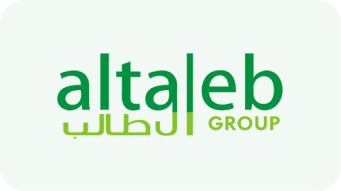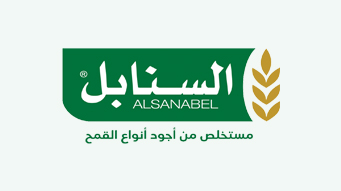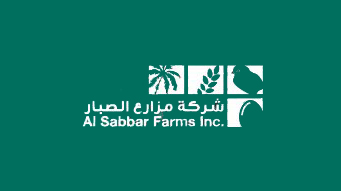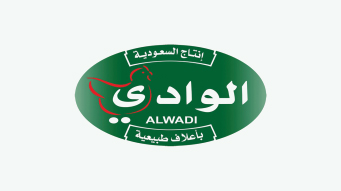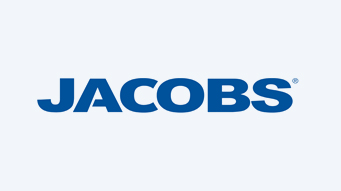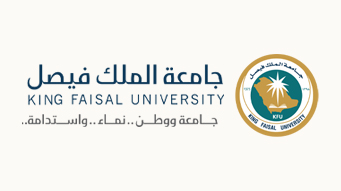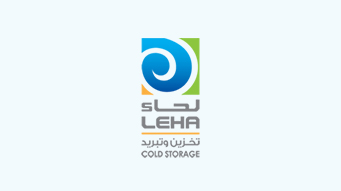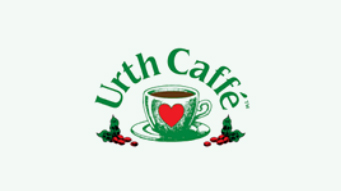
Water Use in Food Industry
Water treatment is indispensable in the food industry because water is an essential component in all food industries. It is widely used in most food factories as a processing aid and in cleaning processes. When water is used as a food ingredient, its quality (such as impurities) can affect the properties of the food, including texture, appearance, aroma and flavor.
As a processing aid, water can be used for transportation, heating, cooling, rinsing, dissolving, coating, dilution, separation, steam generation and other activities. In each case, the purity of the water will affect its performance. For example, minerals in water may deposit on equipment surfaces in an evaporative cooler or reduce the water’s ability to dissolve and disperse food ingredients. Cleaning activities in the food industry involve the use of water as a carrier, dispersant, solvent and diluent. Most individuals have firsthand experience with “hard water” (water with a hardness greater than 120 ppm) which reduces soap suds and rinse effectiveness.
Therefore, we have dedicated this article to highlighting the importance of water to the food industry and processing industry, describing its sources and quality, and discussing appropriate treatment procedures.
Water Sources
One of the most important factors that determine the type of water treatment needed is the type of water source. The two main sources of fresh water are surface water and groundwater. Food manufacturers generally obtain their water from municipal sources or private wells. Knowing where the water comes from and how it is obtained helps indicate any in-house treatments that are required. Surface water comes from rivers, lakes, and reservoirs, and may have higher levels of suspended matter, turbidity, temperature fluctuations, and mineral content. Groundwater from springs and wells tends to be high in dissolved minerals, with a relatively constant temperature over time.
Water Quality
What characteristics contribute to water quality and what should be its limits for food processors? This section focuses on these questions. Water impurities are defined and measured in three basic categories: qualitative, quantitative, general, and specific. The qualitative definition includes turbidity, taste, color, and odor, and describes the apparent conditions of the water. Most qualitative measures do not describe the concentration of contaminants or identify the source. However, it should be noted that assessments of taste, color, and odor can be very accurate qualitative measurements that can be completed quickly. For example, the human nose can detect odors at concentrations down to parts per billion. General quantitative water analysis has a higher accuracy than qualitative analysis.
Water Treatment
Water treatment is any process used to alter a water supply to meet required needs or regulations. The steps in determining the water treatment technologies required for a particular application are:
- Identify the source of the water and determine characteristics such as impurities, seasonality, and cyclicity.
- Identify the intended use of the water.
Combinations of treatment technologies are often needed to achieve the desired results. The basic types of primary water treatments include multi-media filtration, activated carbon, water softening, chemical injection, ultraviolet (UV) units for disinfection, and chemical injection for pH adjustment.
Intended Uses of Water in Food Processing Systems
Intended uses of water in food processing systems include (but are not limited to) the following:
- Food Ingredients
- Bottled Water
- Washing and Rinsing
- Cooking Steam (Boiler Feed Water)
Filtration is recommended in all cases for all potable water uses in food processing plants to remove solids down to approximately 5 microns. Rain events, seasonal weather patterns, distribution system problems, and other factors can result in variable solids content and loading. The following cases describe common treatment techniques for the four intended water uses listed above.
In this article, you will find more about The benefits that water treatment plants provide in food and beverage plants
Case 1 Food Ingredients
When water is used as an ingredient in food, it must be free of undesirable taste, odor, color, and impurities that may be harmful to consumers and product quality. In general, ordinary tap water (which meets the standard for safe drinking water) may not meet these qualifications. Undesirable odor and taste can be removed using an activated carbon filter. Activated carbon has a large surface area available to absorb substances such as chlorine, yeast, odor, taste, and non-polar substances such as mineral oil and polyaromatic hydrocarbons. Activated carbon filters also remove substances that may contaminate subsequent processing steps, such as ion exchange and reverse osmosis.
Hardness (calcium and magnesium ions) in water can settle in pipes, valves, and processing equipment surfaces. Some food products may not dissolve well in hard water. Additionally, hardness can affect the flavor, mouthfeel, and aroma of foods. A water softener is a specific type of ion exchanger that is used to remove hardness. If bacteria are suspected, a disinfection step such as ozone, chlorine, or ultraviolet systems must be included. Ozone is used to prevent bacterial growth in the storage tank.
Case 2 Bottled Water
Case 2 is more stringent than Case 1 because bottled water must be free of bacteria. Many bottled water processors use ozone to disinfect water, as its effect on taste is minimal. UV treatment can also be used and is often included as a backup measure. Reverse osmosis (RO) removes 99.9% of all viruses, bacteria and pathogens and is more energy efficient than distillation processes. It is important to
Place a carbon filter in front of the RO unit to reduce contamination (by removing natural organic matter) and remove the disinfectant, which can chemically react with the membrane.
Case 3 Washing and Rinsing
Washing and rinsing require clean, soft water. Taste and odor issues may not be as significant as in Cases 1 and 2. Mineral content that can affect the performance of additives must be removed. Soaps, detergents, and sanitizers will perform much better in soft water. Processors often see a significant reduction in chemical use, which pays for the water treatment system in a short time. Treatment systems in Case 3 may be converted to a Case 1 system when the softener benefits from the contamination protection provided by the activated carbon filter and requires water storage.
Case 4 Cooking Steam
Cooking (or sanitary) steam is safe for direct injection into or contact with the product. The water used in cooking steam can be one of the most difficult to process in the food industry. Boiler feedwater must be thoroughly treated to prevent problems with boilers, piping, valves, and associated processing equipment. Corrosive components, such as oxygen and carbon dioxide, can be removed by removing air. The pH of boiler water should be maintained at around 8.5 and may require the addition of chemicals.
Conclusion
Water is a critical resource for the food industry and has many uses. Water quality and its impact on products and processes in food production systems are often underestimated. Underestimating the impact of water quality can lead to poor water management, equipment operation and maintenance issues, lost revenue, food safety and product quality issues.
Read more about: Why Water Treatment Plants Should Be Installed in All Food and Beverage Plants







